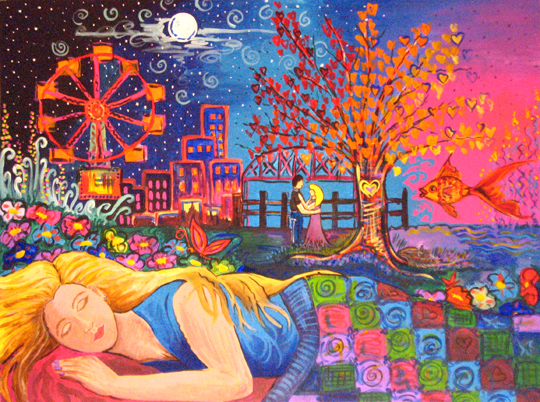Not all poems are created alike. Although many poems are inspired by identical topics or occurrences, the style and perspective of the authors vary as it is apparent when reading their poems. Some are purposed to persuade while others are a simple form of informative writing allowing them to uncap the bottle of their feelings. David Whyte and Derek Mahon creatively entwined interchangeable material in their poems while managing two various themes.
Both "Working Together" and "Everything is Going to be Alright" create a sense of optimism about the future. At the inception of these poems, the authors recognize and state that there are many fatalities in this world, often times ones that are impossible to avoid. They encourage people to not let them bring them down because nothing lasts forever and life really is what you make of it. Sure it's easy to let negativity encapsulate your mind and body, but that doesn't solve anything and with a positive frame of mind, the world is your oyster and the future will look promising.
Even though both poems incorporated the same elements of optimism, the themes varied with the specifics of the optimism that they contained. In David Whyte's poem, he stresses the importance of collaboration. He recognizes our human potential if we were to all work together instead of associate ourselves based on our differences. He claims that we are all different and yet similar in a simultaneous fashion, one that could potentially revolutionize the world and the way we function. Derek Mahon's poem stresses the importance of being enthusiastic about the future, even when life presents itself in the most unfavorable of manners. His poem focuses more on an individual's mindset and emphasizes optimism on the gloomiest days. It is very difficult to see the light at the end of the tunnel when the darkness seems to last for an eternity, but it will eventually turn up and all the adversities previously encountered will be in the past.
Not only do these poems have diverse themes, the format in which they are written differs as well. "Working Together" was written with extremely short stanzas and multiple gaps in between. Whyte does this to serve as an inspirational piece of literature, comparable to a motivational speech. The short lines and pauses allow the audience to really think about the possibilities that the future could hold if we listened to what he was saying. They permit the audience to really comprehend the message he is attempting to get across in a persuasive manner. The short stanzas are meant to be read in a slow fashion, as if they were being read to them by a speaker."Everything is Going to be Alright" takes a completely divergent course when it comes to format. This poem is condensed into twelve single spaced lines with more content than Whyte's poem. This is due to the fact that Mahon seems to be describing a single day and all of the things that can happen within the short 24 hours. The time span could also be seen as a year because of the fact that life moves so quickly and everything can change in the blink of an eye. This really helps with the theme of the poem as the darkness can shift to daylight in what seems like an instant, but only if you stay positive and allow the past to remain in the past.
These poems are very relatable today as everyone continues to deal with the hardships of being a human and the distance growing between us all due to the social media that is supposed to be doing the opposite. Optimism seems to be dying out as more and more riots break out or successful terrorists make headlines, which is why these poems are actually more important than ever.



